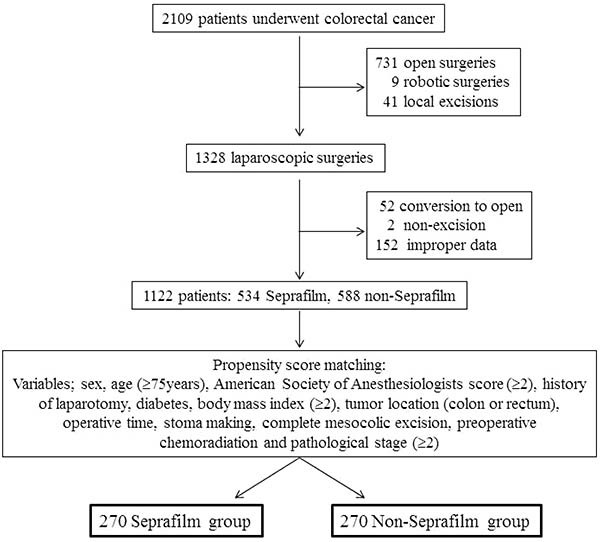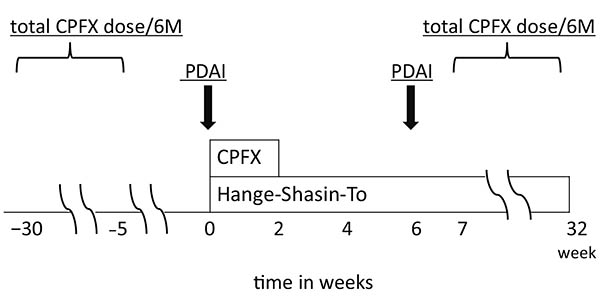Anal canal duplication (ACD) is a rare congenital malformation, usually detected early in life. We report a case of a 67-year-old female with symptomatic ACD associated with a presacral cyst. Physical examination revealed an accessory opening located in the midline, posterior to the true anus. Imaging examinations, including fistulography, endoanal ultrasonography, and magnetic resonance imaging, revealed a blind-ending fistulous tract without connecting with the rectum and a presacral cyst posterior to the rectum. Complete surgical excision of the tract with cyst was performed through a posterior sagittal approach. Histologic examination revealed squamous epithelium lining and smooth muscle bundles, thereby confirming ACD. The postoperative course was uneventful, and the patient was doing well; no recurrence was observed 4 years after surgery. ACD can present for the first time in infants, children, and adults. Imaging examinations are useful for the diagnosis and preoperative assessment of ACD. Therefore, ACD should be considered in the differential diagnosis, even in adults, when a posterior perineal orifice is encountered, particularly in female patients. Once ACD is suspected, intense imaging inspection is recommended to visualize the ACD and associated anomalies, and surgical removal is warranted to prevent inflammatory complications or malignant changes.

抄録全体を表示





